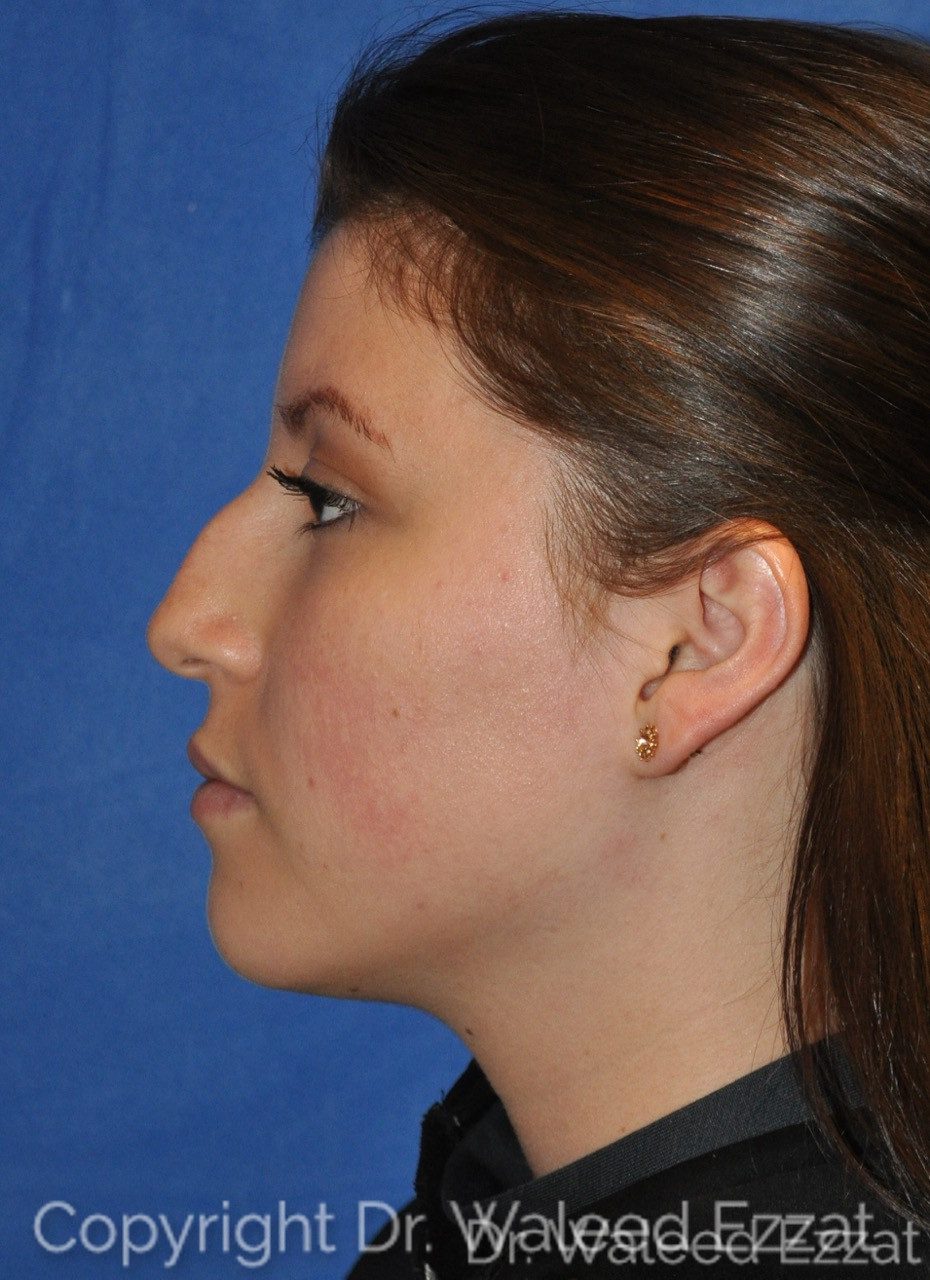There are many reasons why people consider rhinoplasty, including for medical purposes. When performed for medical reasons instead of purely cosmetic ones, this procedure is called functional rhinoplasty, as it aims to improve the function of the nose.
While some medical reasons for getting nose surgery are more obvious, such as after sustaining a nasal injury, others are more subtle and can be easily overlooked. If you are experiencing one or more of these subtle symptoms, you might consider discussing functional rhinoplasty with Dr. Ezzat.
1. You Have Trouble Sleeping
Sleep disturbances caused by trouble breathing, mouth breathing at night or chronic snoring are common complaints for those with certain conditions such as a deviated septum or nasal passage blockages. In some cases, functional rhinoplasty may be the most effective long-term solution to addressing these problems and improving your quality of sleep.
2. Congestion Won’t Go Away
Chronic nasal congestion, also called chronic sinusitis, can also be a sign of an underlying nasal problem. A deviated septum, for instance, can inhibit proper sinus drainage, leading to chronic sinus infections. Other potential causes for lingering nasal congestion include blocked nasal passages and nasal polyps.
3. Your Sense of Smell Has Changed
While a decrease in your sense of smell or taste can be a temporary symptom of a cold or allergies, when these symptoms occur without other cold symptoms or last longer than a cold, they may be a sign of nasal polyps. These are noncancerous growths that form inside the nasal passages. In some cases, functional rhinoplasty can be the best way to remove them.
If you think you could be a candidate for functional rhinoplasty and would like to schedule a consultation with Dr. Ezzat to discuss your symptoms, please call our Boston office at 857-350-4205 or request an appointment online.
Related Posts
- 3 Ways the Modern Nose Job Creates Better Results
- 4 Must-Know Tips for an Easier Rhinoplasty Recovery
- Guys: Here’s How to Pick a Plastic Surgeon for Your Nose Job







